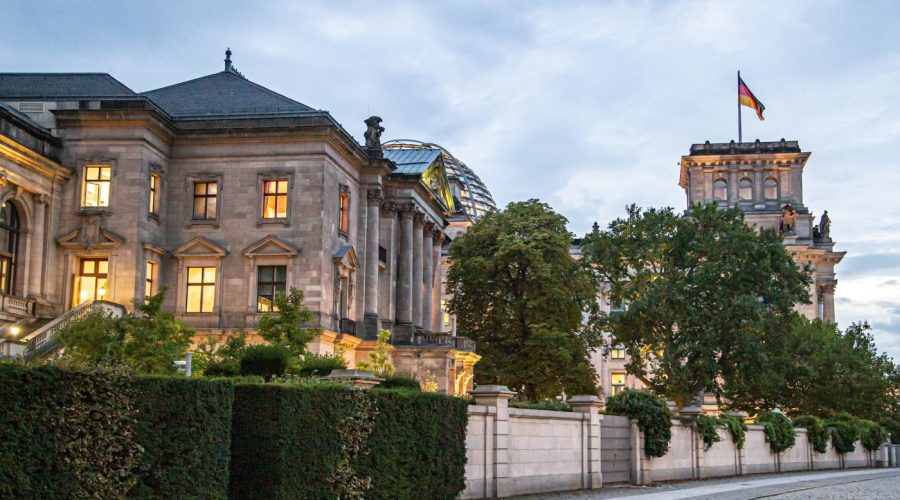What Can You Expect on an Auschwitz Concentration Camp Tour from Berlin?
Traveling to other places to deliberate on strongholds is always so moving and empowering because it makes people grasp experiences and the sufferings of some of their ancestors. One historical tragedy that visited this part of the world is the Auschwitz concentration camp situated in Oswiecim Poland. For anyone willing to discover more about history, the following guide will give all the important details for Auschwitz concentration camp tour from Berlin.
Why Should You Visit Auschwitz?
In this essay, I will explain the reasons why Auschwitz is different from other historical places. This is really a poignant reminder to people of the ghastly acts carried out in the Holocaust. As a visitor at Auschwitz you are honoring all those who were killed and those who survived and broadening your general knowledge at that same time.
How to Get to Auschwitz from Berlin?
Traveling to Auschwitz from Berlin is rather easy as it is well connected with other regions and towns of Poland. The main means of transport includes:
- The bus: Several companies include the bus service and they offer direct route to Auschwitz from Berlin. As is quite evident, this option is rather unobtrusive and that it is cheap occurs rather often. The total time to complete the journey is one hundred and twenty minutes that can also be estimated as six hours.
- By Train: The other means is by train and this may also be considered due to its efficiency in the movement of passengers from one place to the other. After getting to Krakow by train from Berlin, one can take a local train or a bus to Auschwitz. The total estimated time that would be needed to complete the journey would be about 7 to 9 hours.
- By Guided Tour: For first time visitors and those who do not have time to plan expenses hours in advance, thus, it is advisable to arrange for a guided tour. Auschwitz is on the list of most visited places by travel agencies offering day trips from Berlin with transport and guided tours.
What to Expect during the Tour?
Your visit to the camp entails seeing the exteriors of the facility and structures under the company of knowledgeable personnel. Here’s what you can expect:
Auschwitz I
Prisoner’s gate is the first building that you will see when you arrive at Auschwitz Tours; this is also known as Auschwitz I. You will be able to visit a number of buildings and barracks including the Block 11 which included the prison and the torture centers of the camp. The exhibition in Block 4 offers the information about several aspects of the camp’s life.
Auschwitz II-Birkenau
After Auschwitz I, further, your guide will drive you to the much extensive extermination camp, the Auschwitz II Birkenau. Here you will be left breathless with the size of the camp and see the reminders of gas chambers and crematoriums that came as a sign for millions of people who lost their lives.
Museum Exhibits
In the course of the camp, it is possible to meet such items as personal belongings, photographs, and documents of prisoners. Thus, such exposures give the visitors a paparazzi look at the lives of the tortured souls killed during the Holocaust and are a rather chilling reminder of human suffering.
Tips for a Meaningful Tour Experience
Here are the tips which will help you to make your Auschwitz concentration camp tour more productive:
- Go Early: The Arrangement is that the camp more often than not is crowded and a person is likely to encounter more crowds as the day goes by.
- Appearance: Auschwitz is a very serious place and a memorial, therefore dress appropriately out of respect to the victims that suffered there. Women should not dress indecent and men should avoid wearing anything that is controversial.
- Show respect to the Tour Guides: The tour guides are knowledgeable as well as have undergone through the ordeal at Auschwitz. Listening to them will help to have a better perception of the events described by the participants.
- Use Time Reflection: The tour can be emotionally melting you down. Possibly, engaging in self-care and waiting for some time to hear one’s thoughts and feelings.
- Silent Areas: There are certain parts in the camp that are observed to be very quiet most of the time. In respect of this tradition, do not engage in any form of discourses or loud noises during service time.
Conclusion
Auschwitz concentration camp is a stark evidence of the holocaust and the amount of incrimination that was carried out. It is only possible to pay tribute to the victims, learn more about the history and make sure that people will not forget about the tragedy if you start a tour from Berlin. Always, always approach view it strictly with open-mindedness, an accepting understanding and respect, so as to be informed better into life’s teaching towards positive action that is kinder to the community.
Table of Contents



